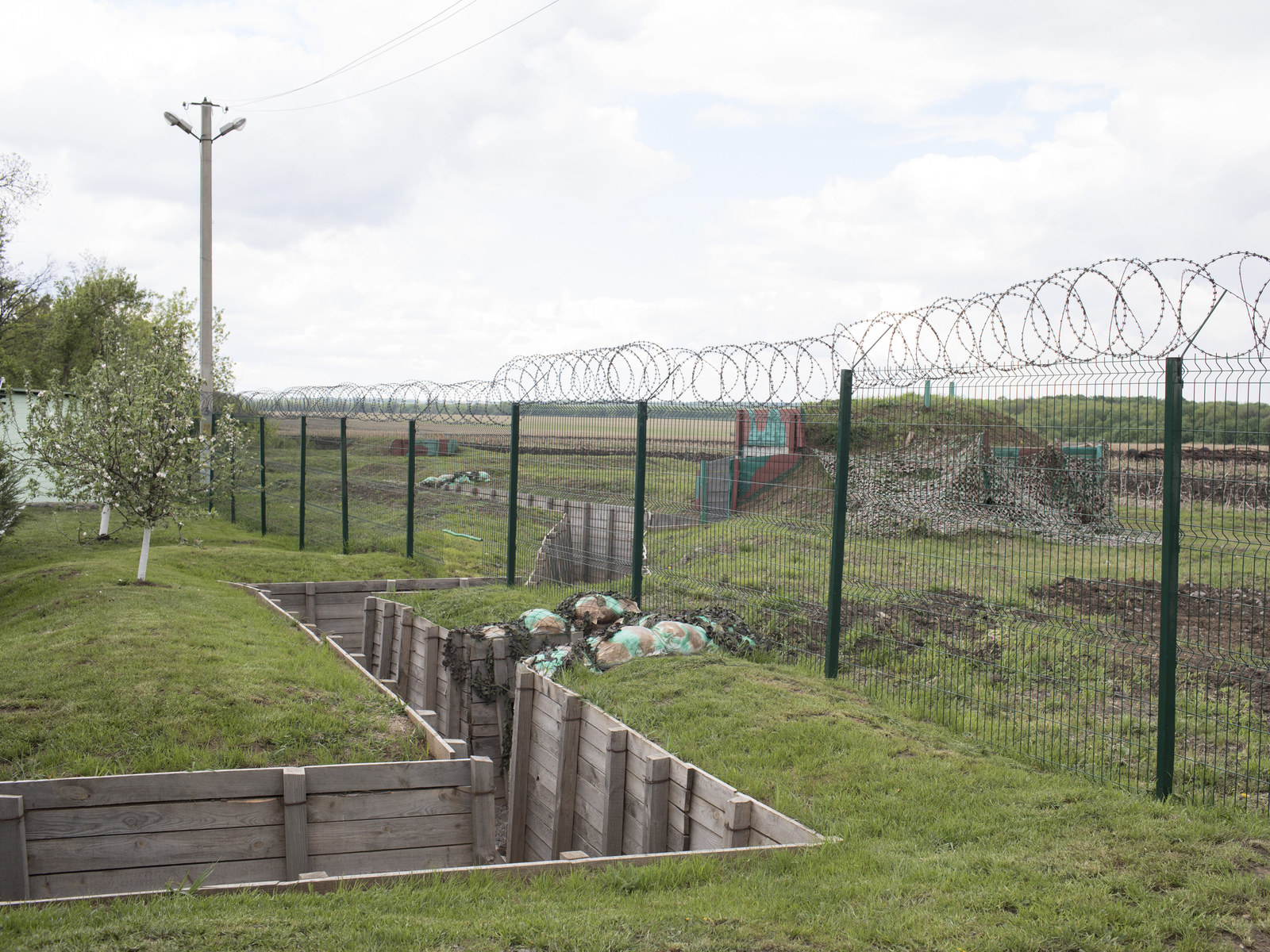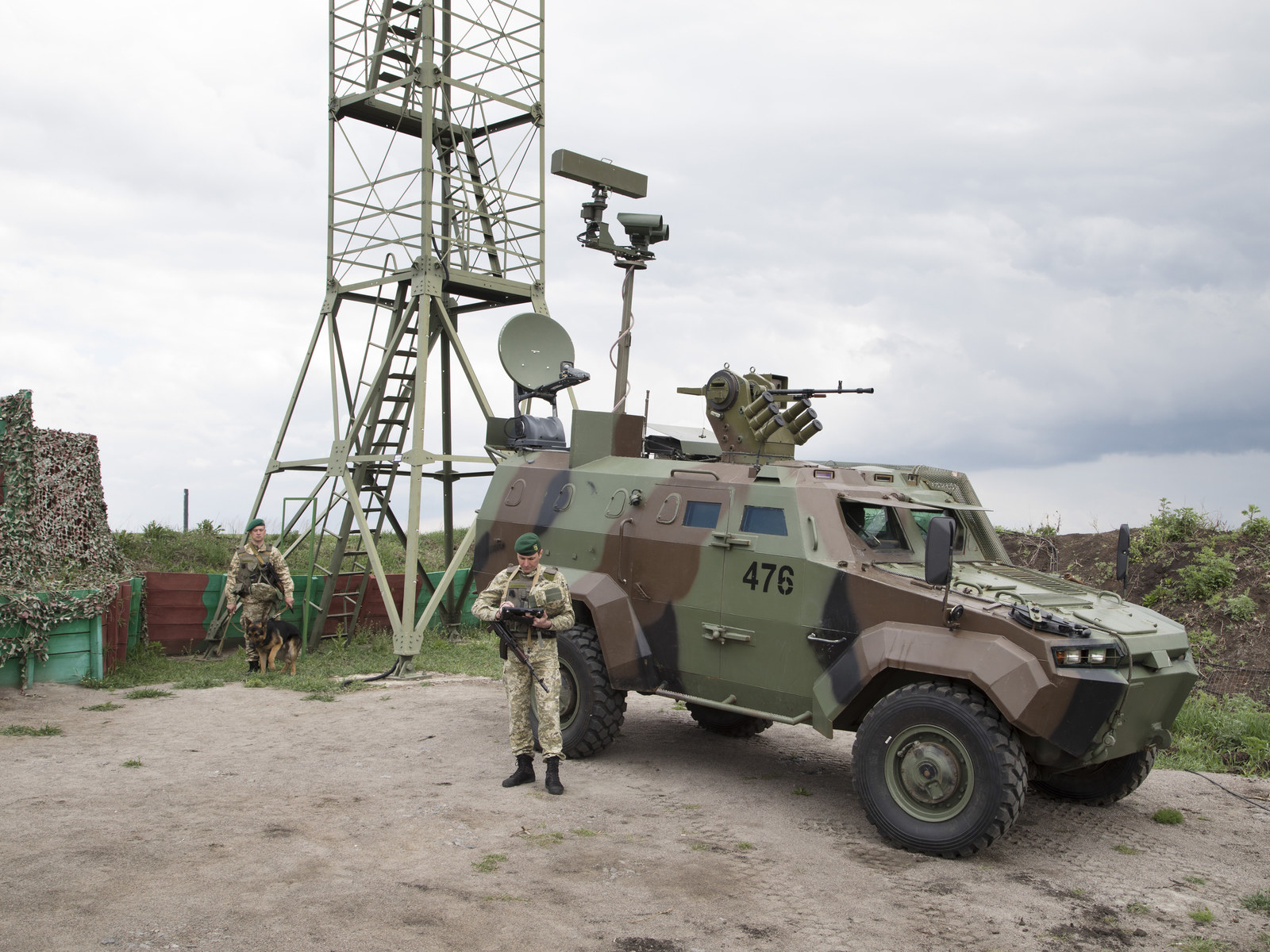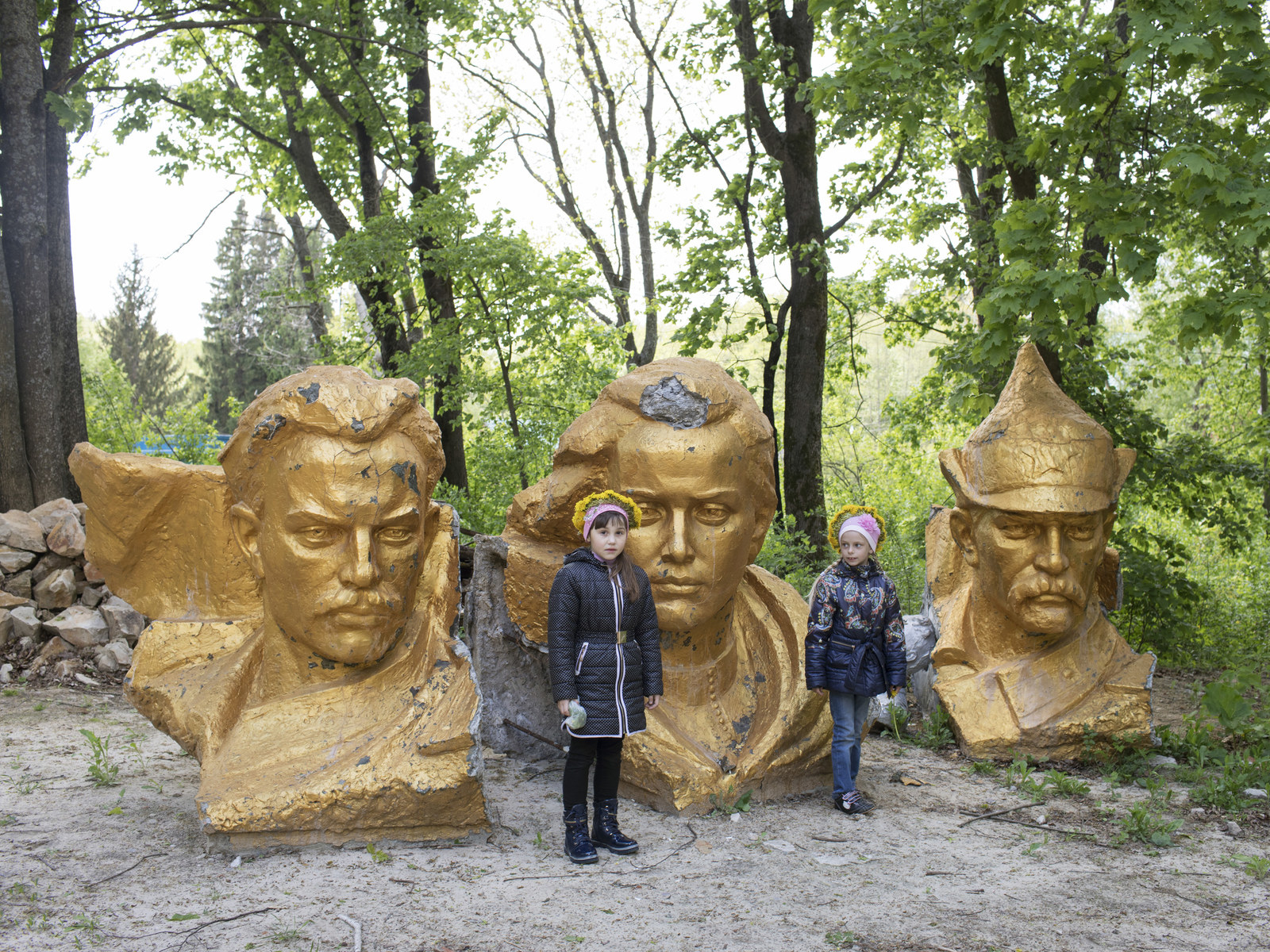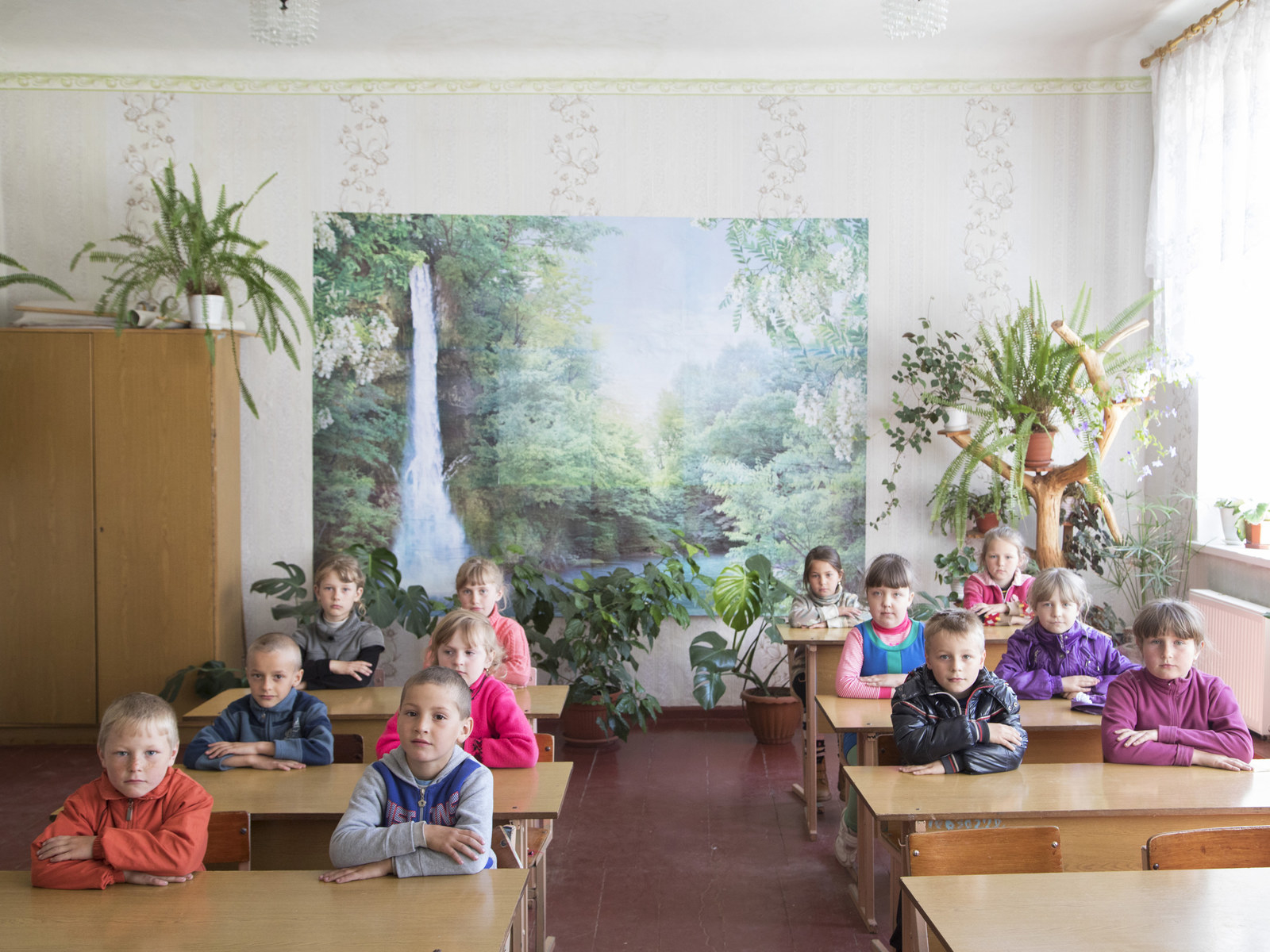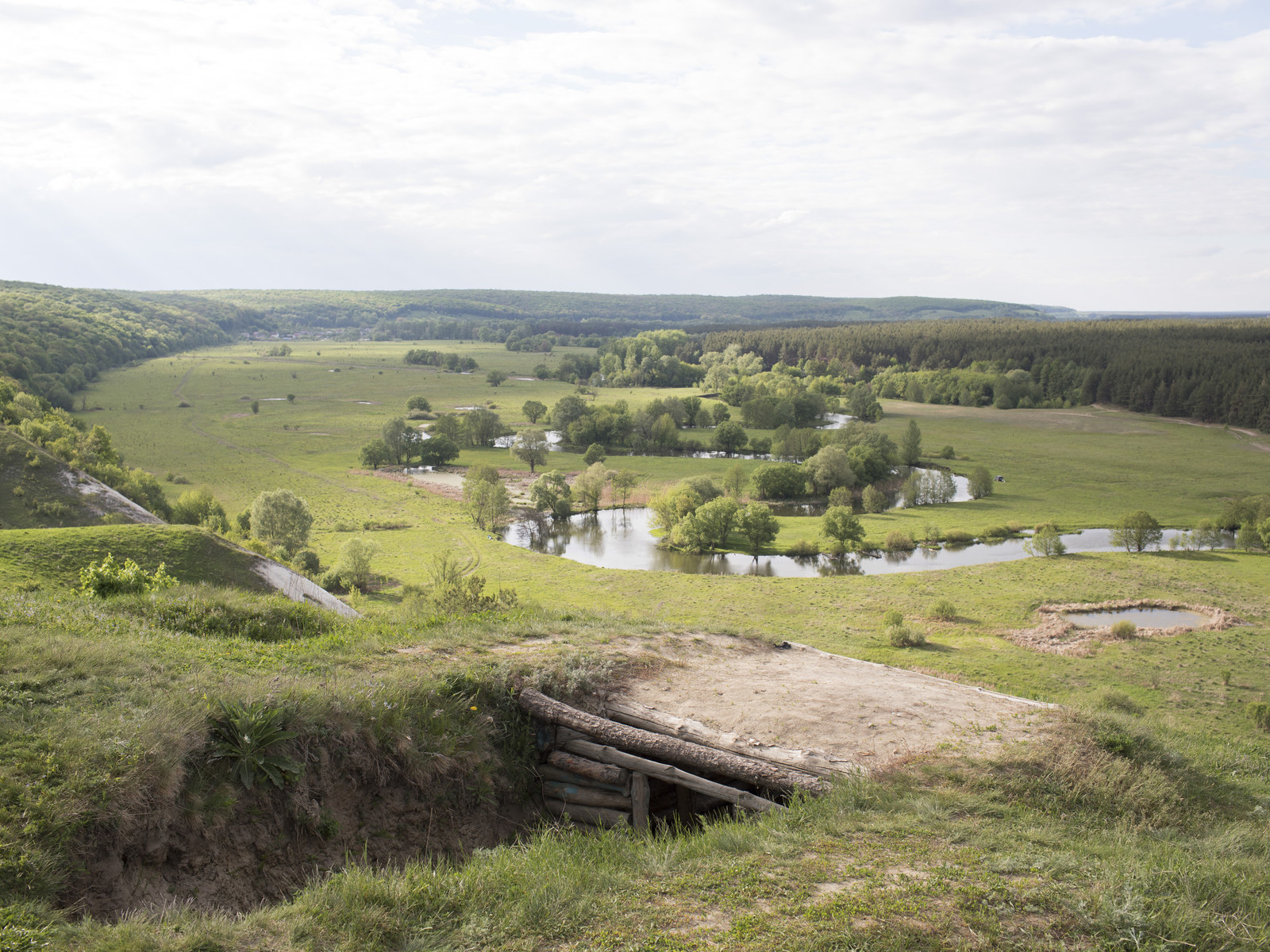
The story of Russia is the tale of a constantly shifting border. Since the small trading outpost of Moscow first began to expand into what would become modern Russia, the country — through a series of conquests, and itself being conquered — occupied more and more of the northern Eurasian continent until it reached its peak during the years of the Soviet Union. The collapse of the USSR, and the rise of 12 independent countries from its remains, have turned the Russian border into a patchwork of cultures and traditions, which have been documented in this stunning photo series that focuses on the European side of the former empire's edge.
TerraProject photographers partnered with BuzzFeed News, Le Monde, Internazionale, and Politico to travel the length of the European Russian border in spring 2017. This project examines the cultural exchanges between the countries that have such a tangled history.
NORWAY
"It's a very short border (less than 200 kilometers) and very old (from the 1300s). At times the border was between Norway and Finland, then Norway and the Soviet Union, finally with Russia. During the Cold War, it was one of two between NATO and the Soviet Union. Most of the border is open, with no fences. Young conscripts act as patrols and spend one year serving in the army along the frontier.
There is no tension between the two countries, and people feel very comfortable with their Russian neighbors. People are most worried about industrial development along the Russian side, as factory towns pollute waters shared with Norway. There are many Russians in Kirkenes, workers and visitors who cross the nearby border for king crab fishing trips or to buy clothes — but high prices make shopping less appealing for Russians. There are also many Russian sailors working on fishing boats from Murmansk.
The Norwegian authorities have sponsored various cultural programs with the Russian border communities, with sport (mostly wrestling, skiing, etc.) and music events." —Rocco Rorandelli, founding member of the TerraProject
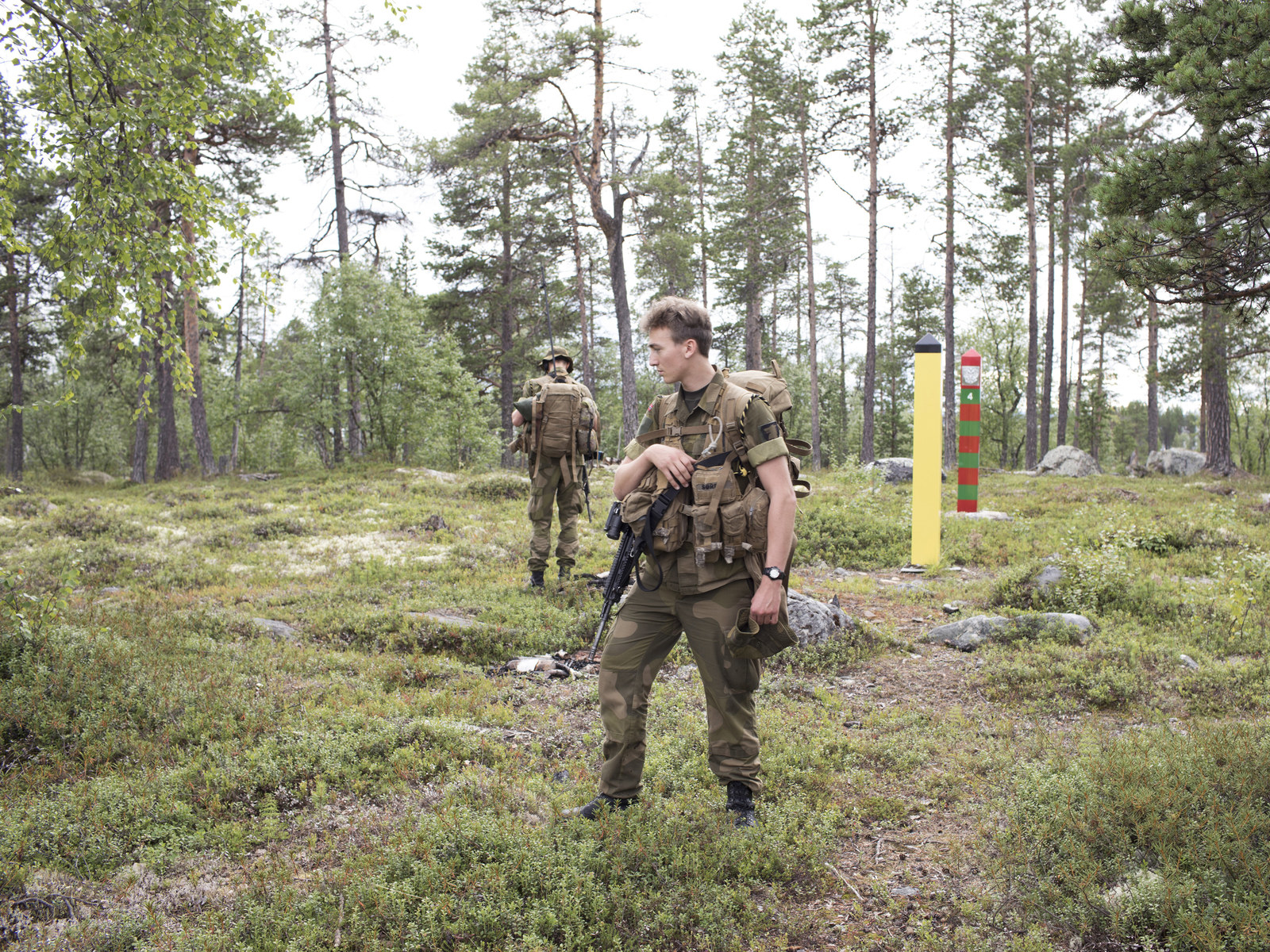
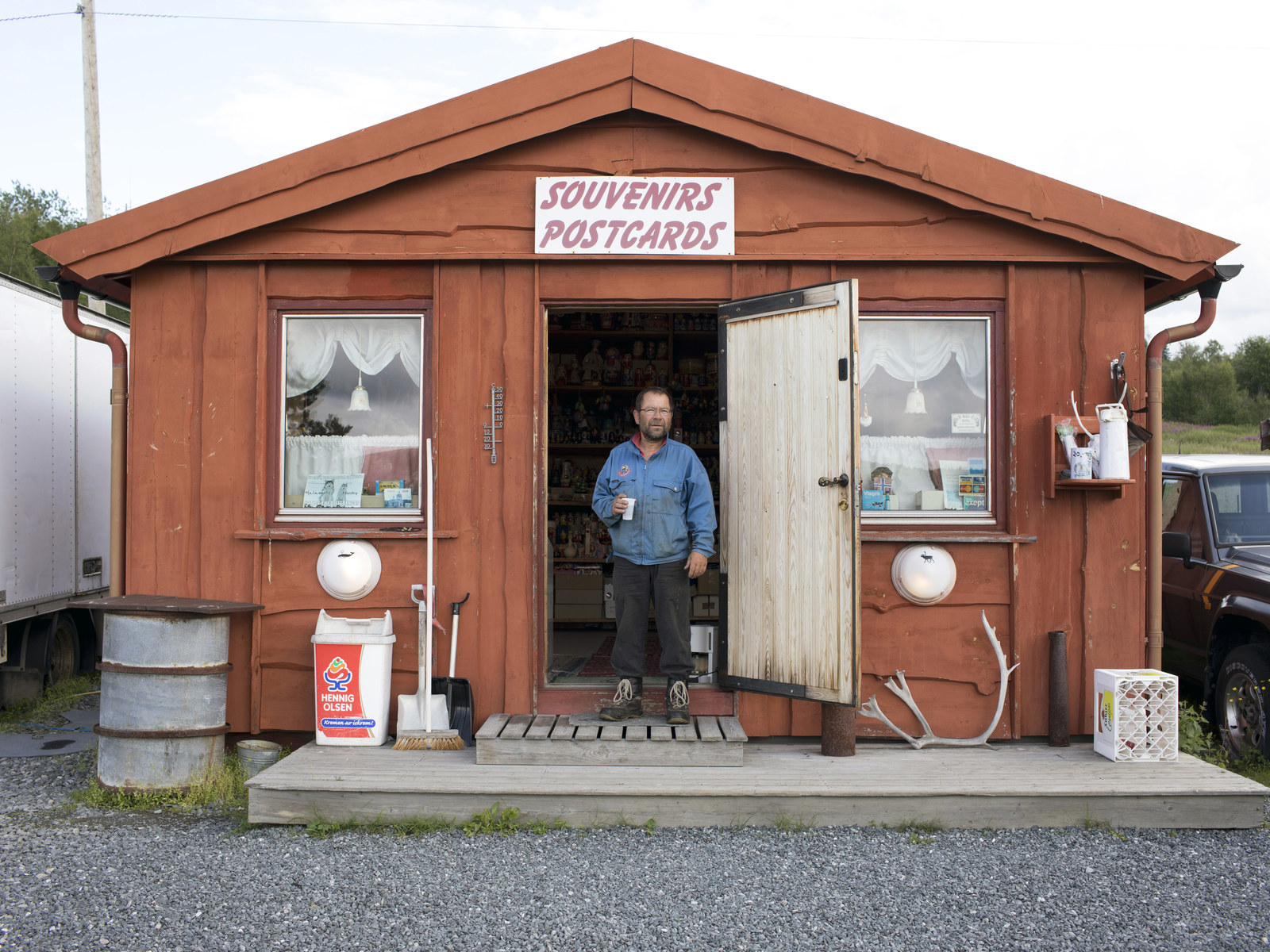
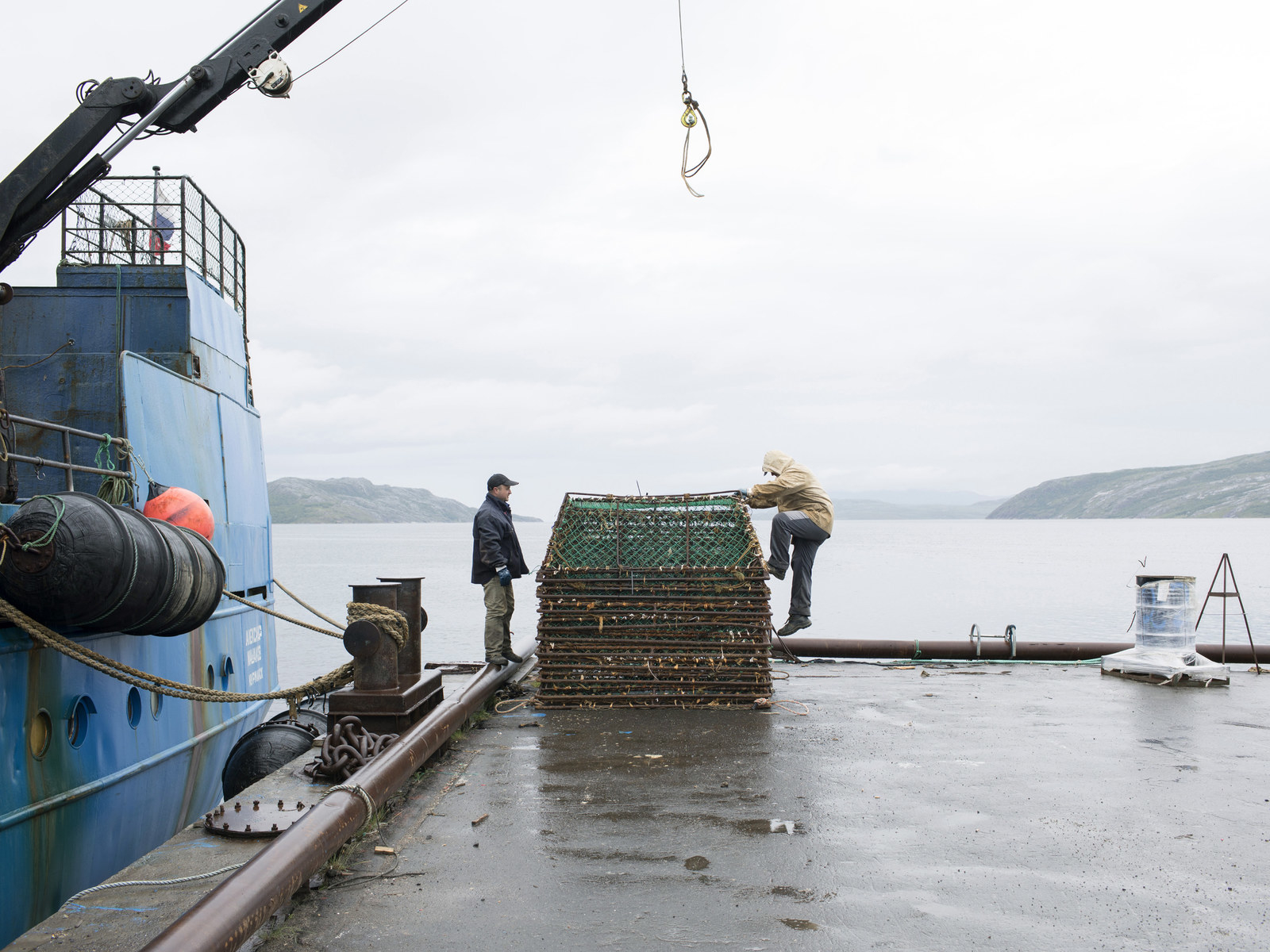
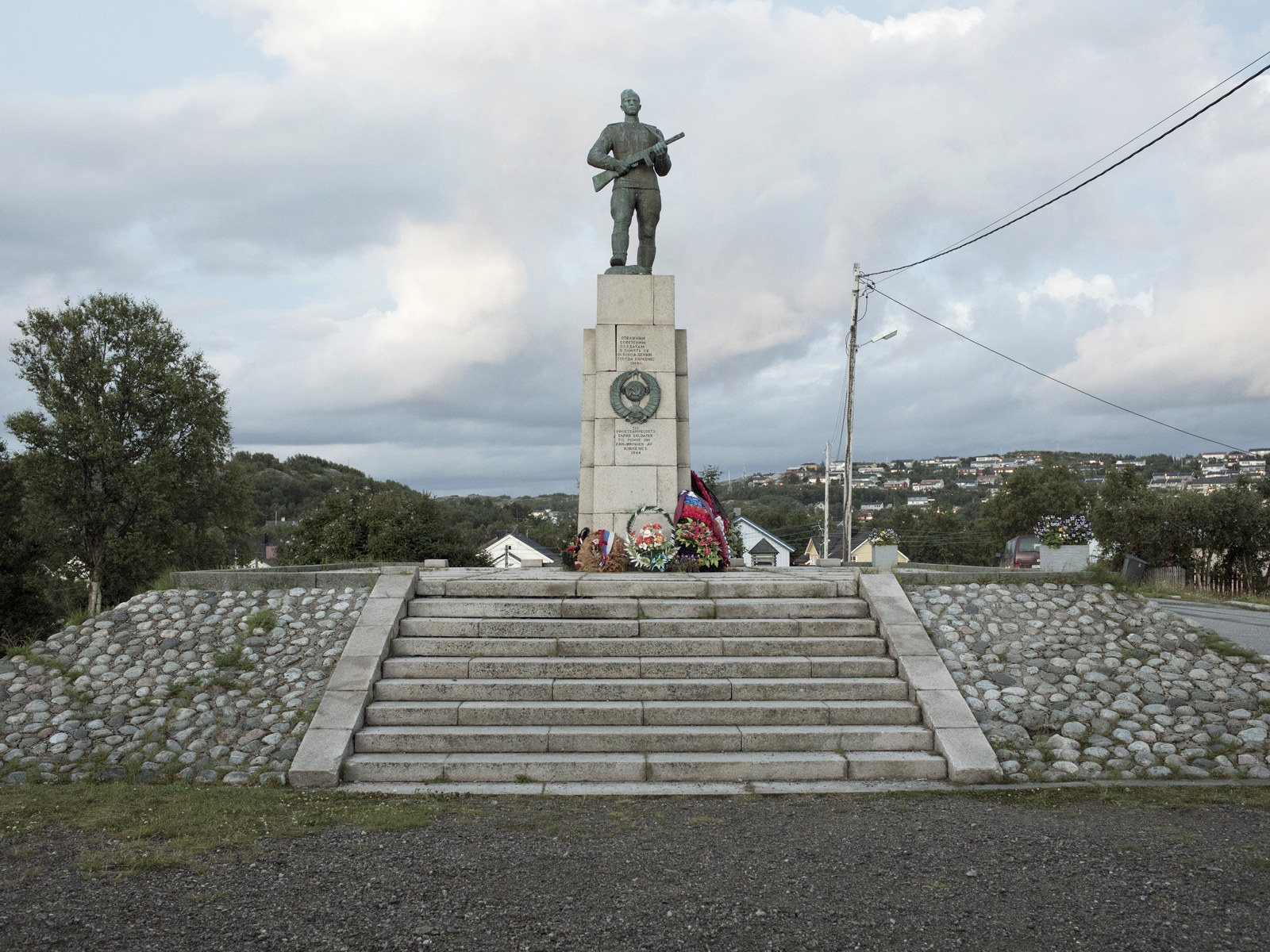
FINLAND
“Finland is a crucial element when depicting the borders that Russia has with Europe. This is one of the longest borders (more than 1300 kilometers), and the longest within the European Union. Many regions now in Russia used to be part of Finland, and were lost after WWII. Big cities and villages became Russian territory, and Finnish people left to be resettled in Finland.
My trip started at the southernmost end of the border, where surveillance by the Finnish Border Guards is the highest. Then I moved to the north, into Karelia. Historically it is an interesting region, where jurisdiction is shared between both Finland and Russia.
Close to Virolahti, the Salpa Line, a fortified defense line built from 1940 to 1941 to protect Finland from the entry of armored tanks from Russia. The Salpa Line is 225 kilometers long, made of 350,000 stones that weigh about 3 tons each. The defense line was built by about 70,000 soldiers, and is considered the main reason the Russians weren't able to invade Finland. Only a few people still carry on Karelian hunting and fishing traditions in Finland; however, in Russia — despite post-WWII policies designed to put an end to the sharing of local folklore — the practices continue. Rune singers, who tell stories of Karelian mythology, now survive only in Russia."
"The border in Finland is a presence which is strong and perceivable. The Border Guards establish a border area which can be as wide as five kilometers, where only residents and people with permits can visit. I tried to visit it on my own, without the guards that accompanied me on my first trip but residents sent me away. There is a low fence along the border, mainly meant to keep reindeers in their respective countries, but bears and other wild animals roam around freely.
People living on the border don’t seem particularly concerned; they say that Border Guards are always on duty and they feel safe. Many stores and commercial activities near border crossing live thanks to the thousands of Russians that come to buy different kinds of goods. Selection is greater, and quality is superior. Economic tourism has dropped considerably as it follows the buying power of the ruble, which has dropped in recent years.”
—Rocco Rorandelli
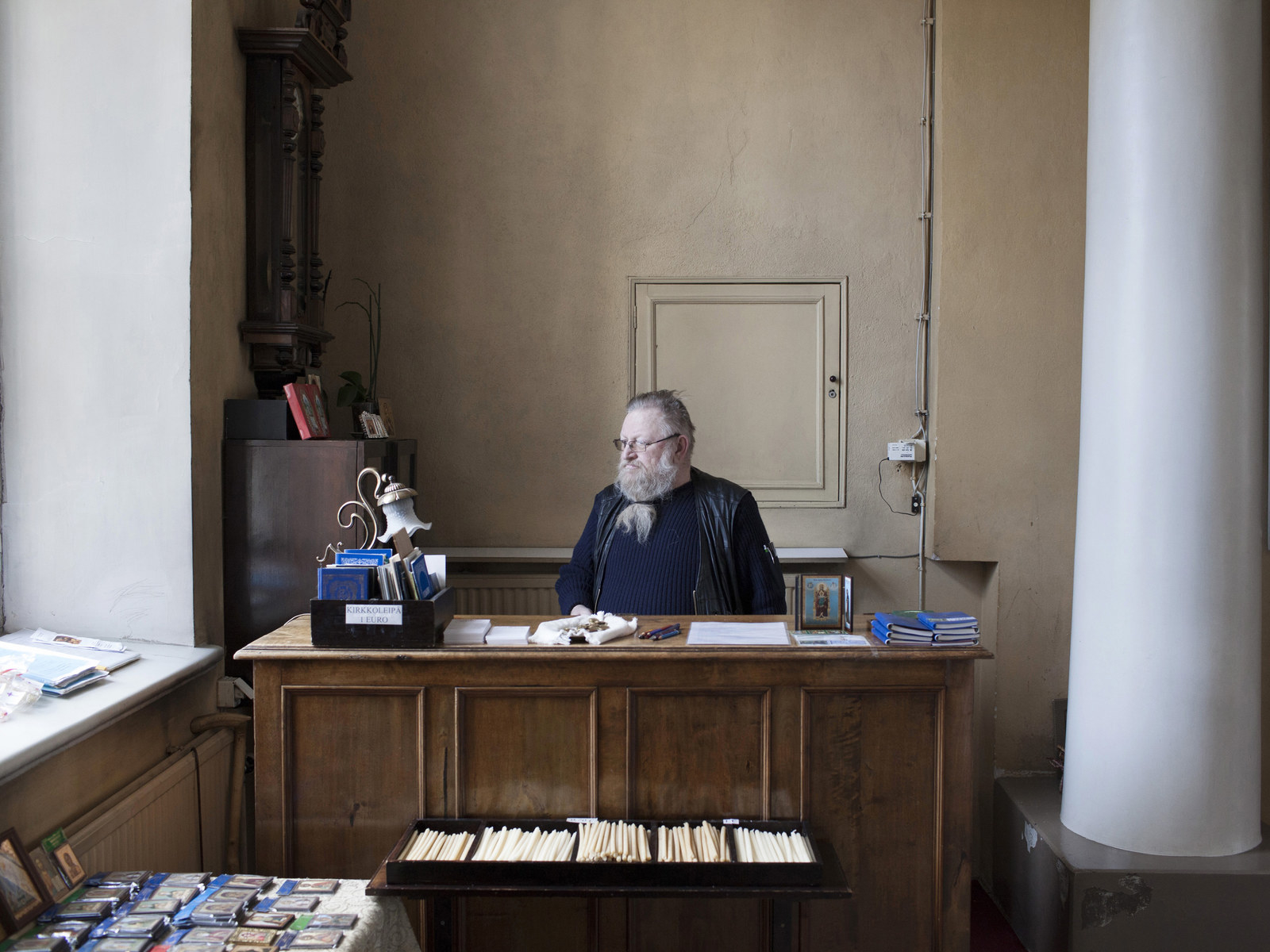
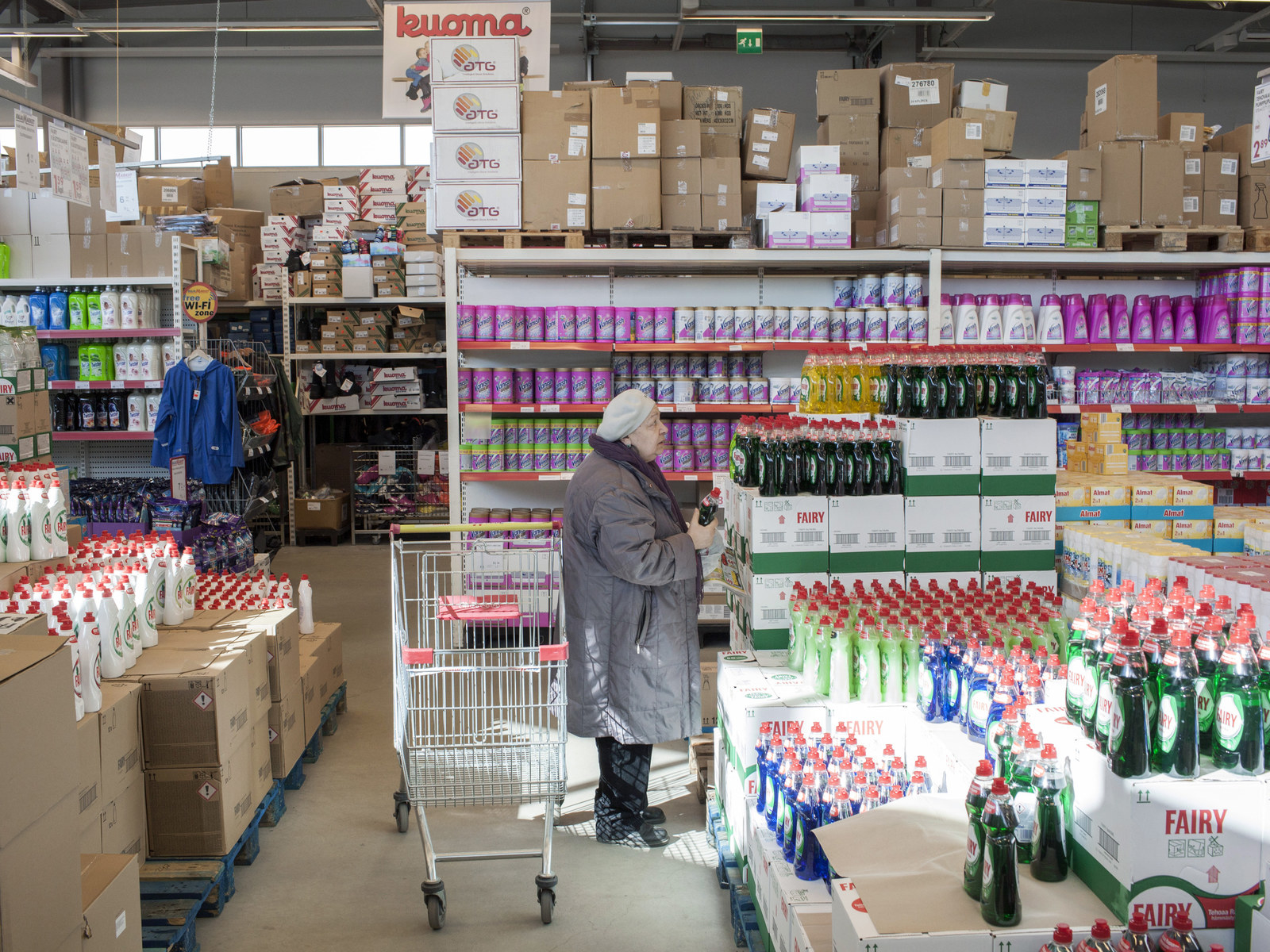

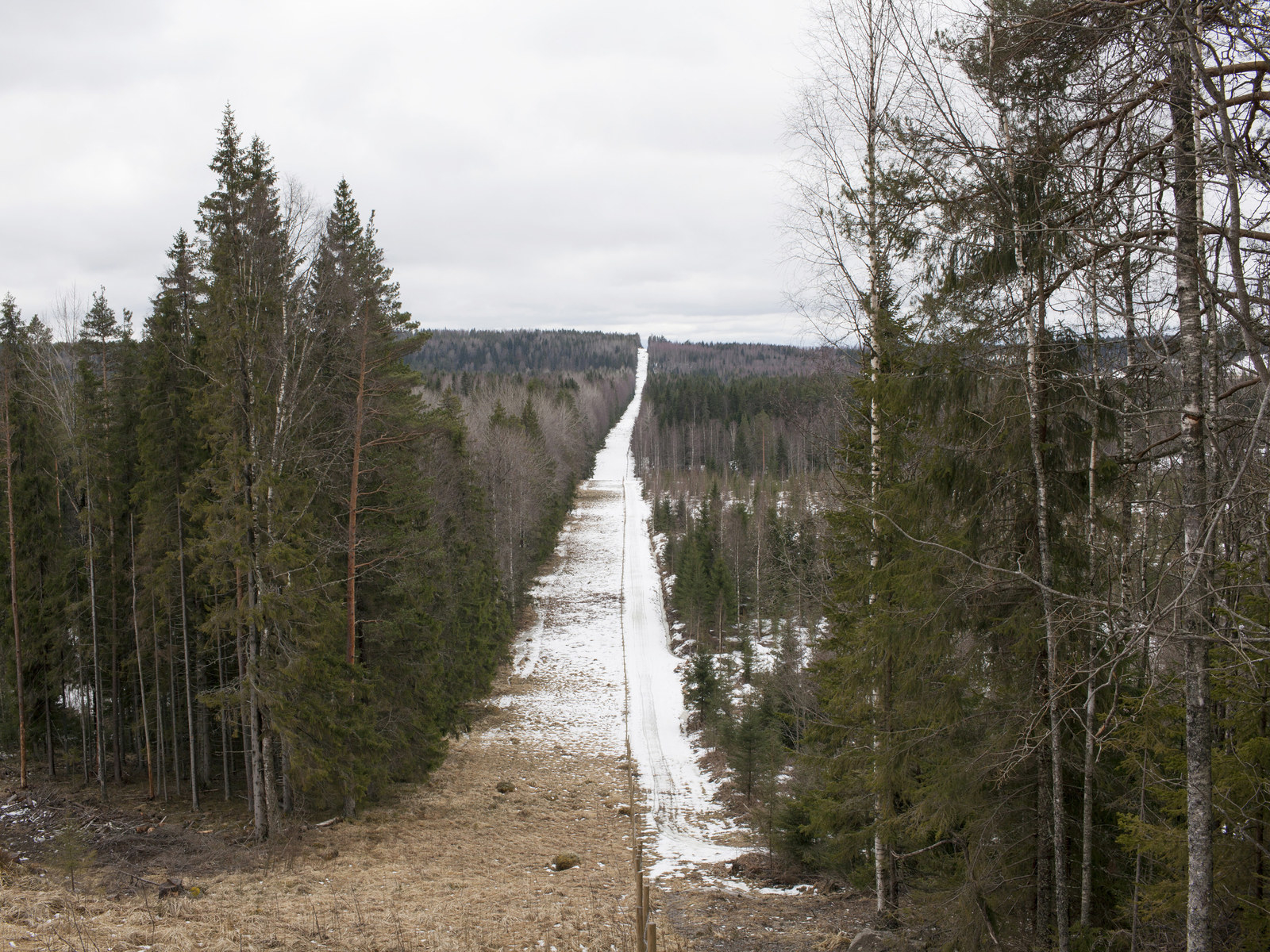
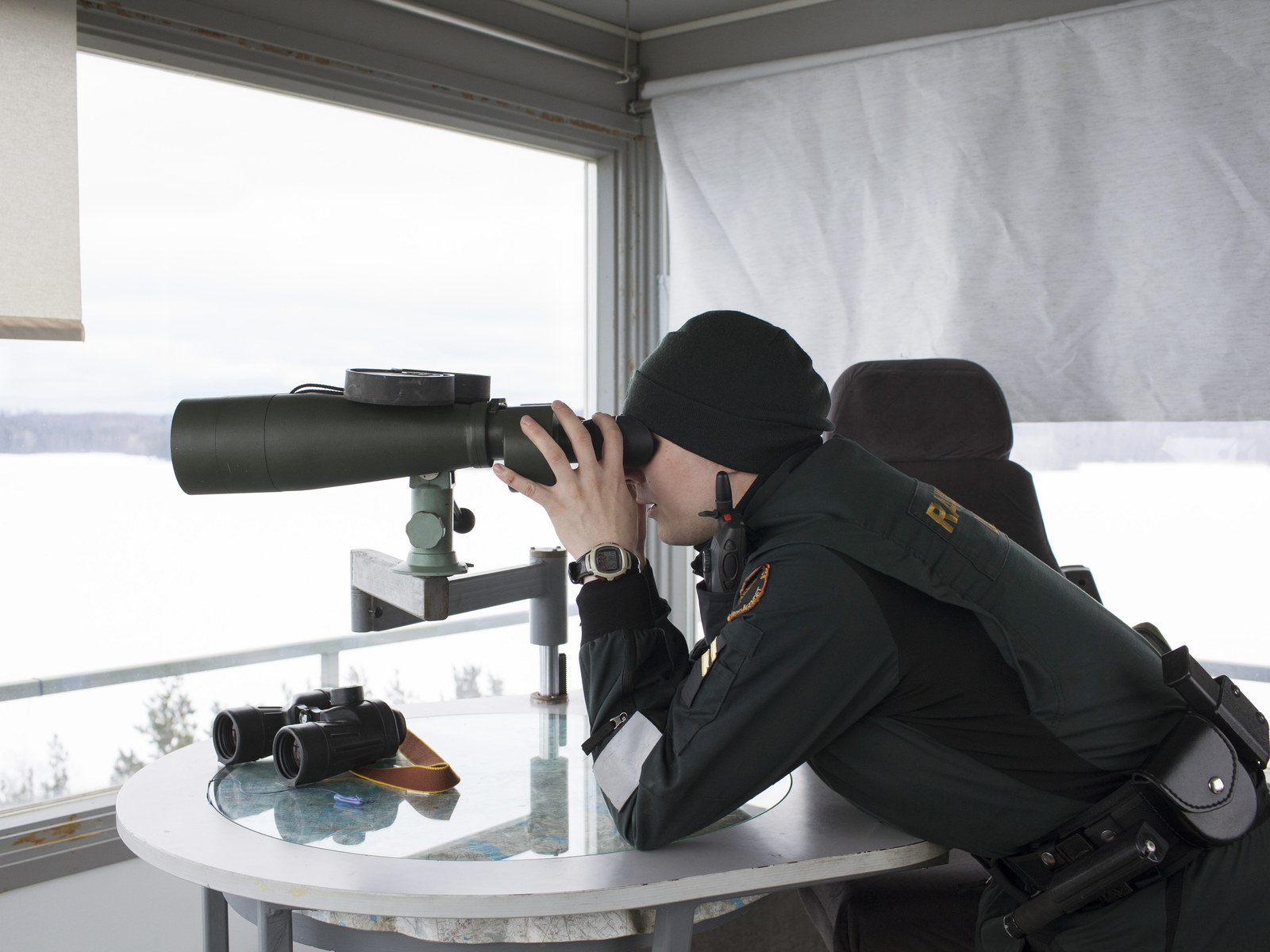
ESTONIA
"The border between Estonia and Russia is defined as a 'temporary control line' — there's still no bilateral agreement demarcating a definitive border line. The feeling between the two countries is tense; the wounds of history are still open. This feeling is lessened closer to the border among a population that is strongly connected with Russia.
We chose three areas of interest in the country where this connection is still strong. From the north we explored Narva, the third largest city in Estonia and home to the main easternmost commercial crossing point. Every day hundreds of people cross the river between Narva and the Russian city Ivangorod to work or shop. Of the current population of Narva, 93.85% speak Russian and 82% are ethnic Russians.
In Estonia, and in particular in Narva, there are between 80,000 to 90,000 “grey passport” or “Alien’s passport," people who didn’t take the Estonian citizenship after independence and remain stateless.
"The second area is the Peipus Lake, the biggest transborder lake in Europe, which makes up half of the entire border between Russia and Estonia — the border passes straight through the middle of the lake.
One of the main interests in the area is the 'Old Believers', Russian Orthodox Christians who maintain the liturgical and ritual practices of the Russian Orthodox Church as they existed prior to the reforms of Patriarch Nikon of Moscow between 1652 and 1666. These reforms produced a division in Russia between the Old Believers and those who followed the state church in its condemnation of the Old Rite. Most of them were refugees in Estonia and they still practice their rituals. They are Russian-speaking but have conflicting feelings about the mother land due to their history."
"The last area is the Seto region. Setos are an indigenous ethnic and linguistic minority in southeastern Estonia and northwestern Russia. Setos are mostly Seto-speaking Orthodox Christians of Estonian nationality. Before the independence of Estonia their territories were united — they are now divided between Estonia and Russia."
—Pietro Paolini
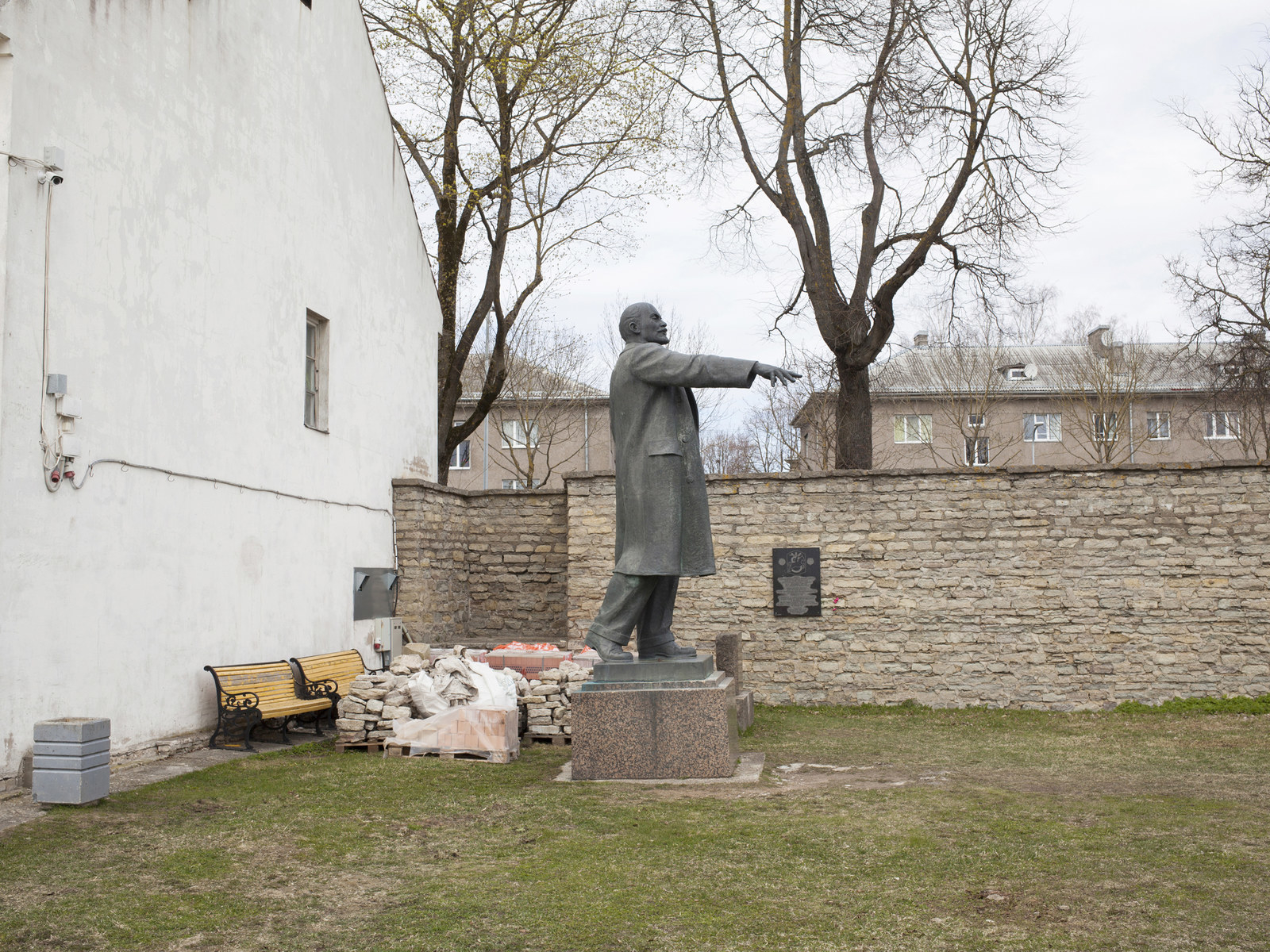
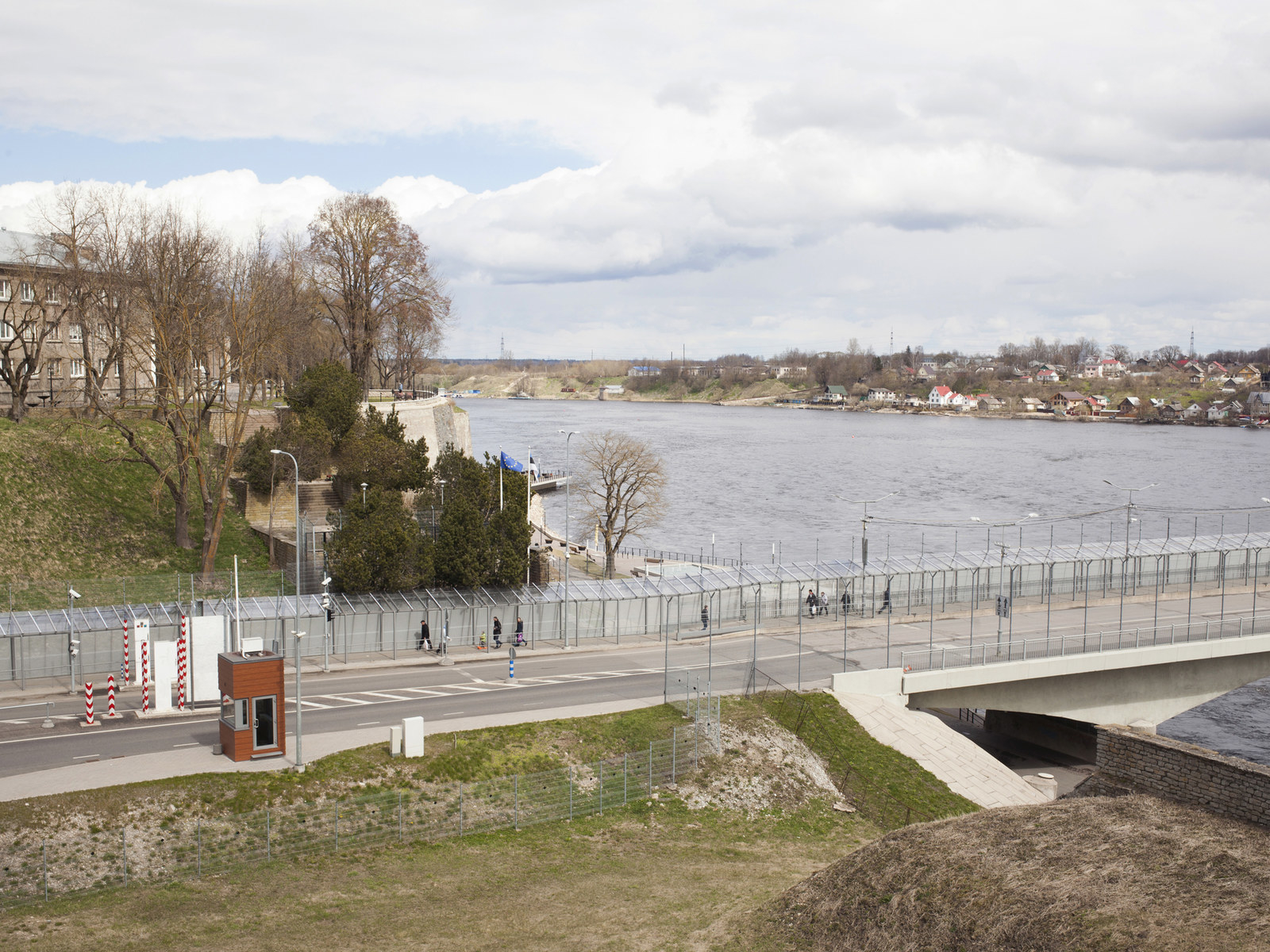
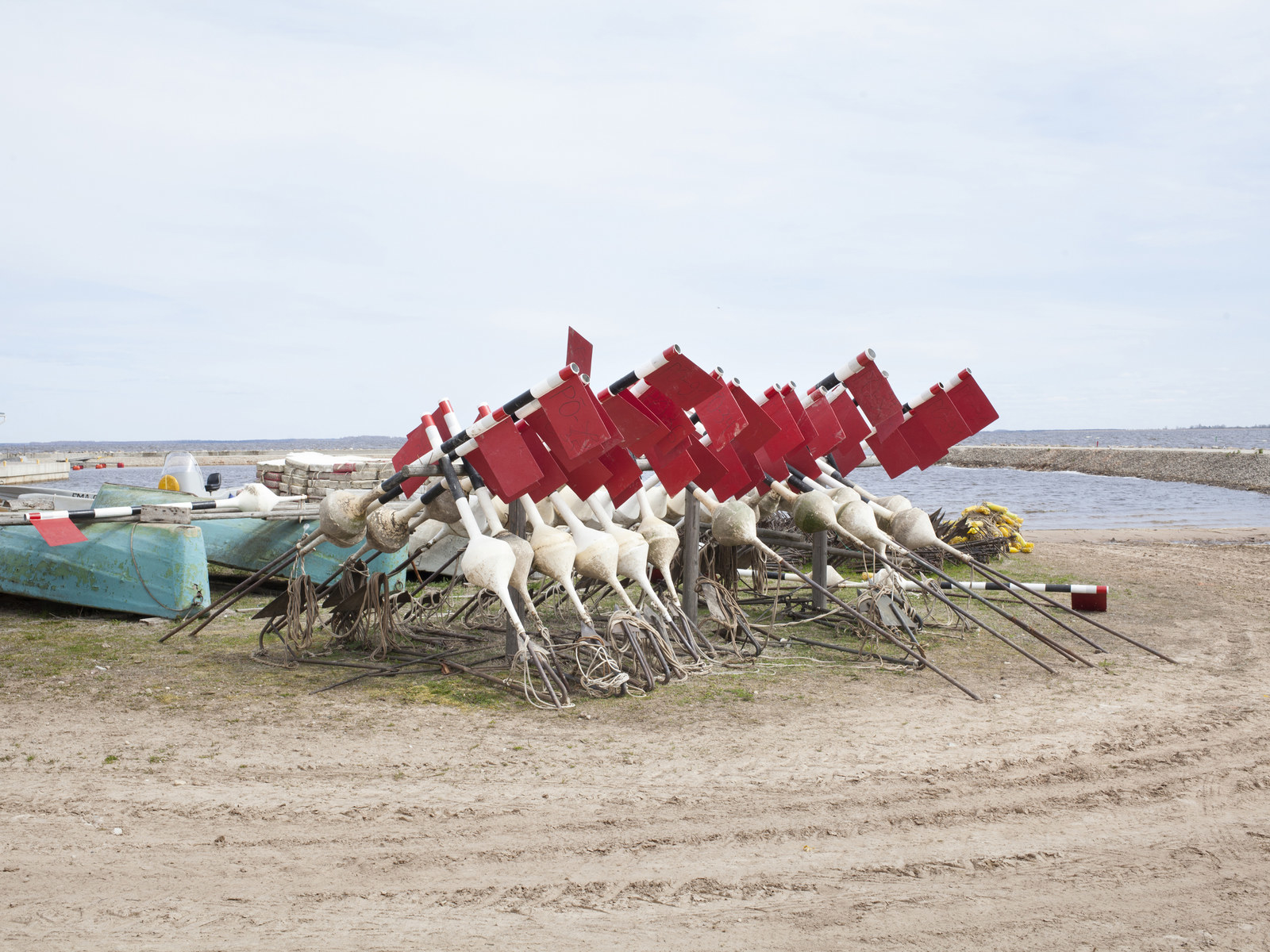

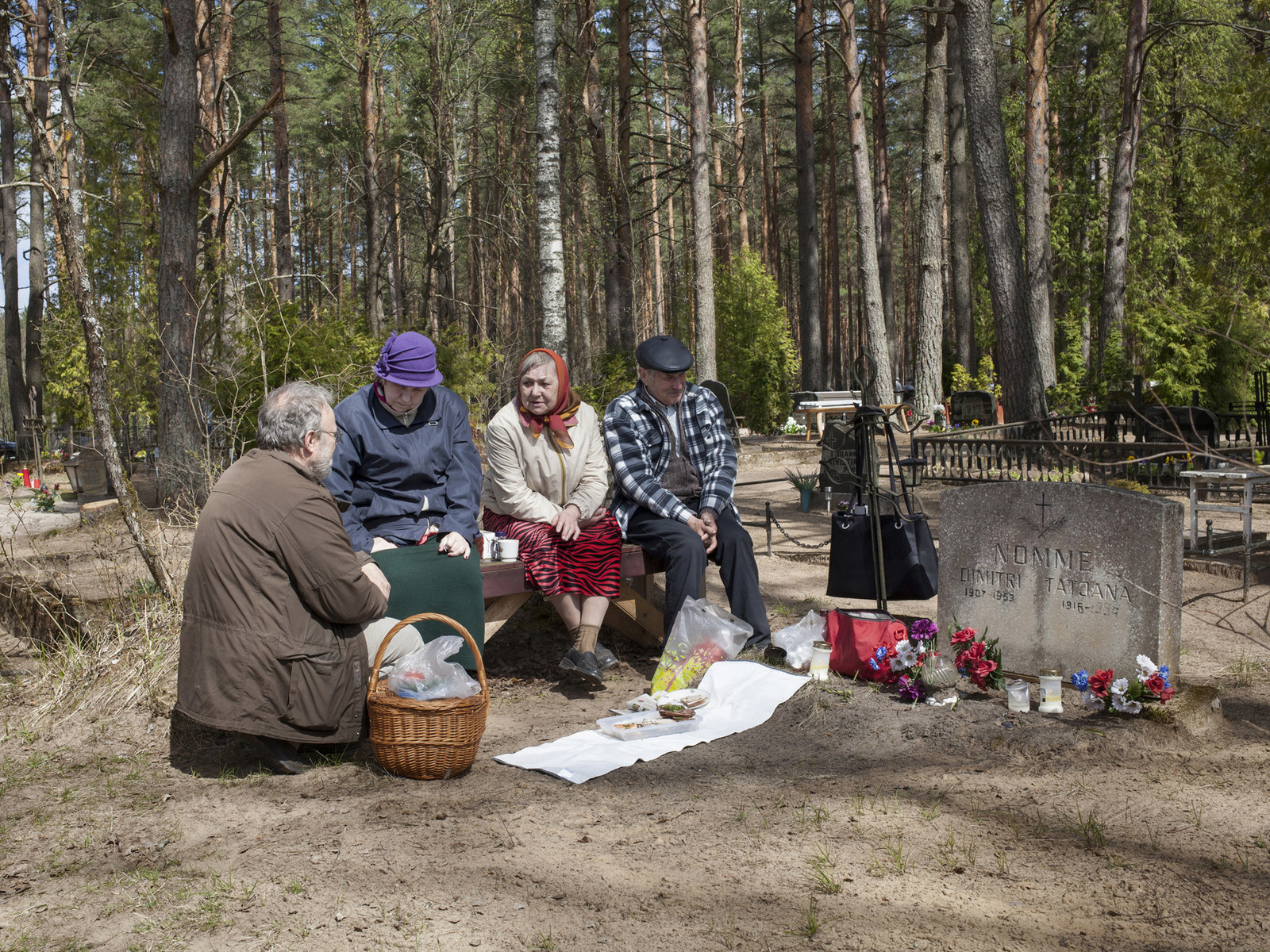
LATVIA
"Latvians have conflicting feelings about Russia: Most of the population remembers the Soviet Union period and they are really proud of their independence. Near the border we found Russian culture is still strong, particularly where local residents still have ethnic ties with Russia. We decided to explore the Latgale region, focusing in particular in the Ludza District and the Alūksne District.
We visited the Ludza region to photograph the first part of the fence that Estonia started to build in 2016 at its Russian border to counter an increase in undocumented immigration. Supported by the EU and NATO, Latvia now has the responsibility of being a new European border. During our visit, we traveled to the three crossing points between Russia, Belarus, and Latvia where they were celebrating the first temporary declaration of independence. In the Alūksne District, we focused on cultural influences from Russia — here history and Russian culture have become points of interest for tourists, so it's easy to find museums with focus on Russian culture or towns that observe Russian traditions. In this area we also found an old Soviet nuclear missile base that is now a tourist attraction — as well as one of the last statues of Lenin preserved in the country. Most of them were destroyed after independence."
—Pietro Paolini
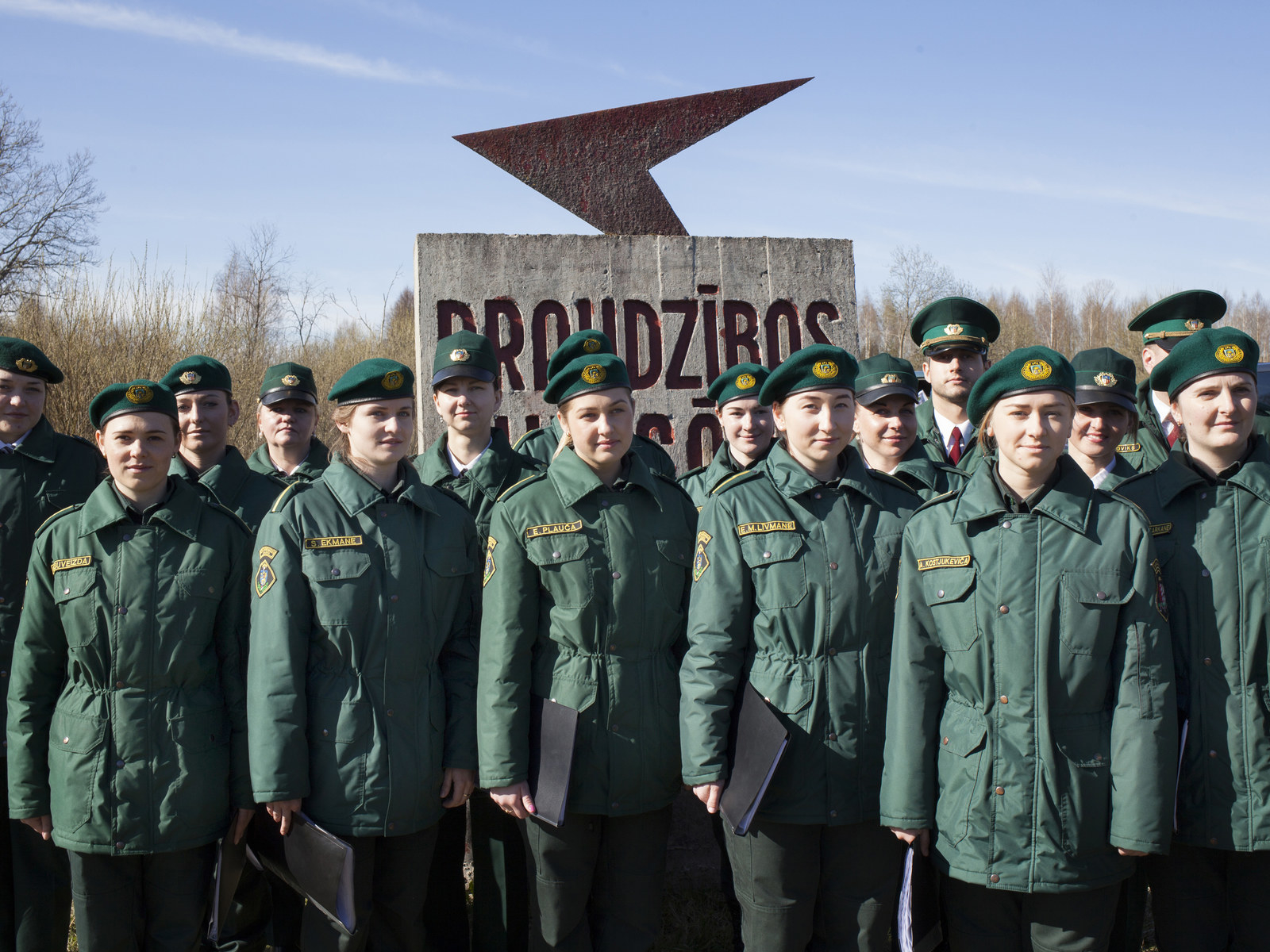
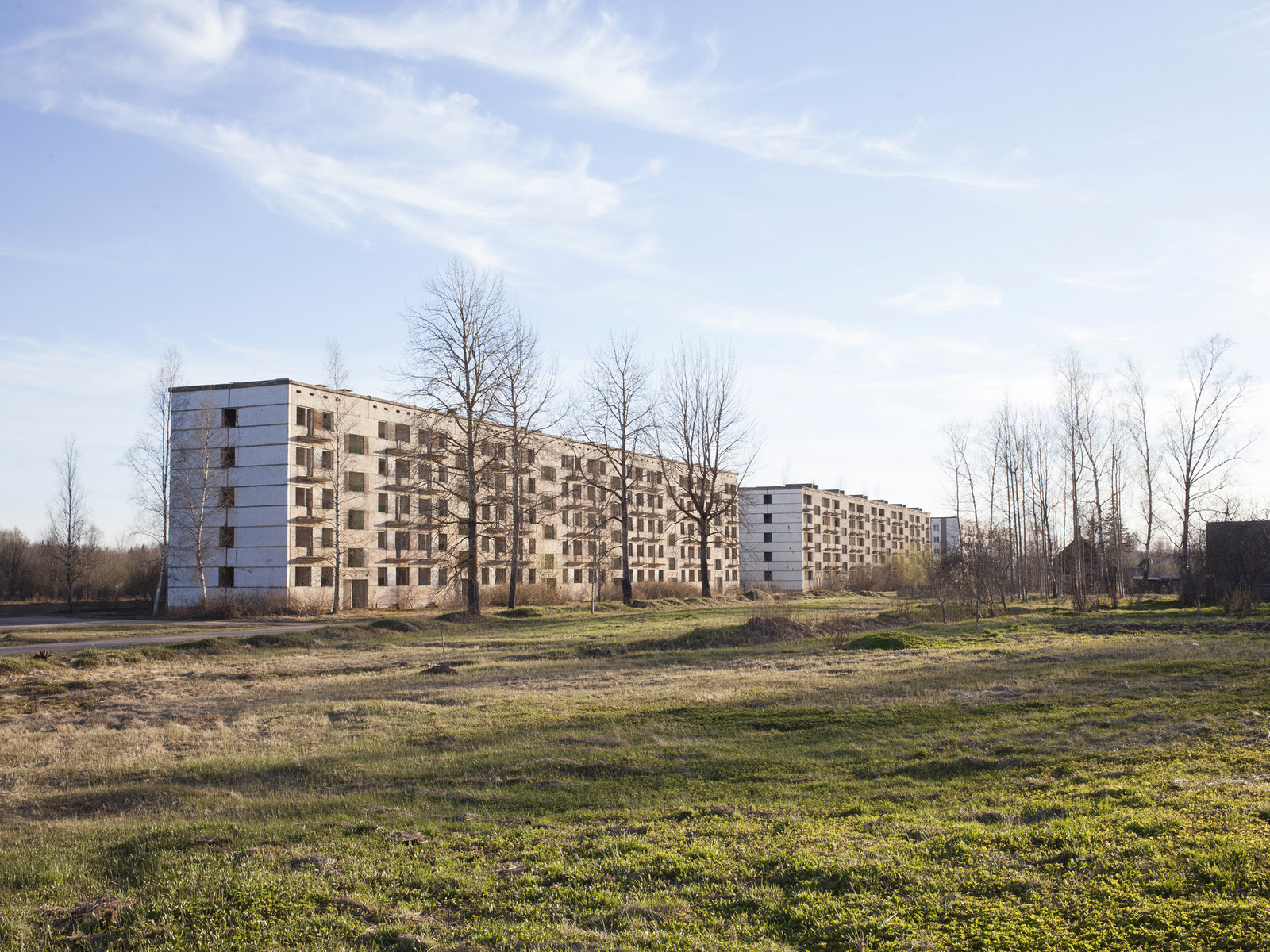

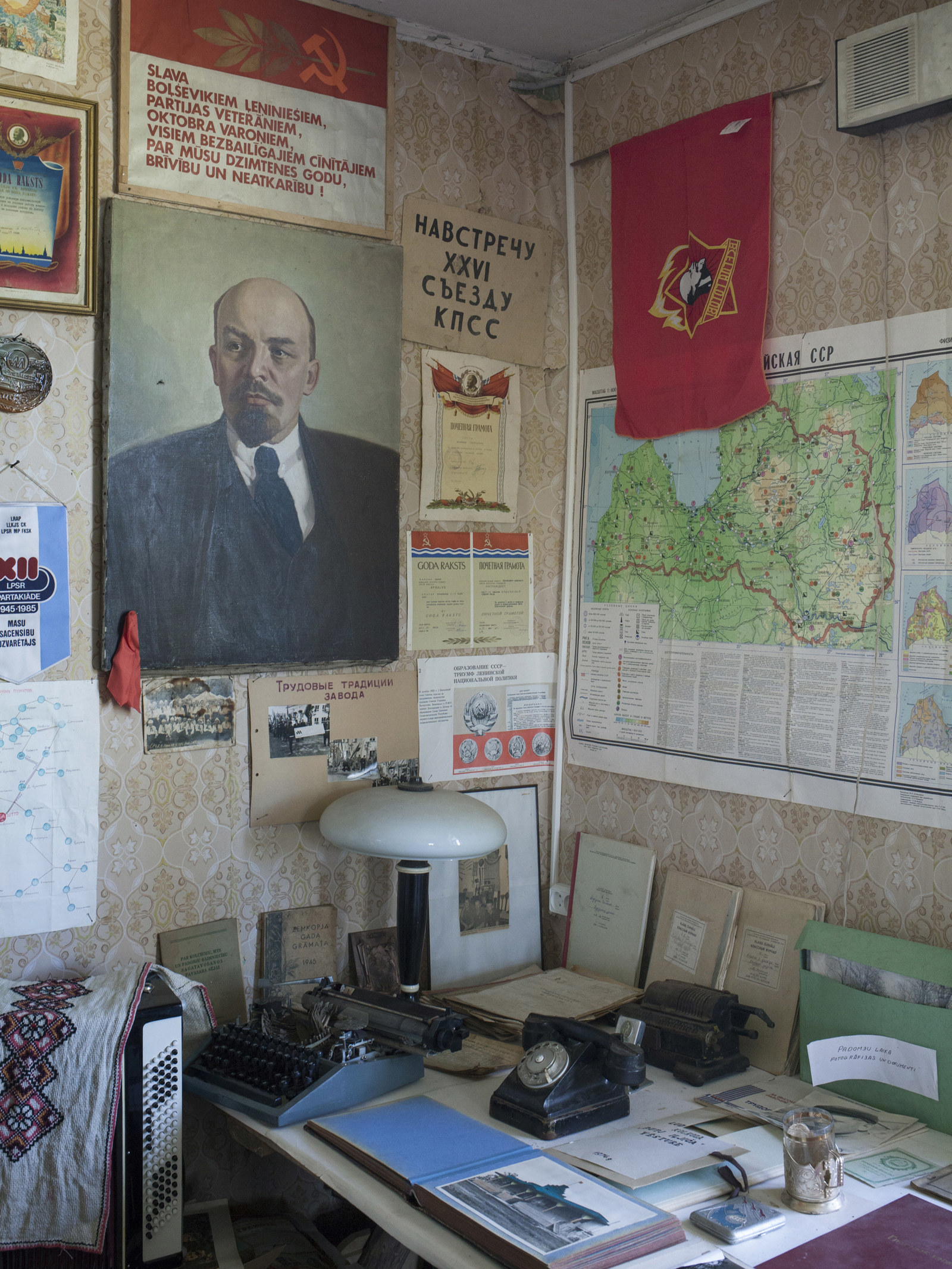
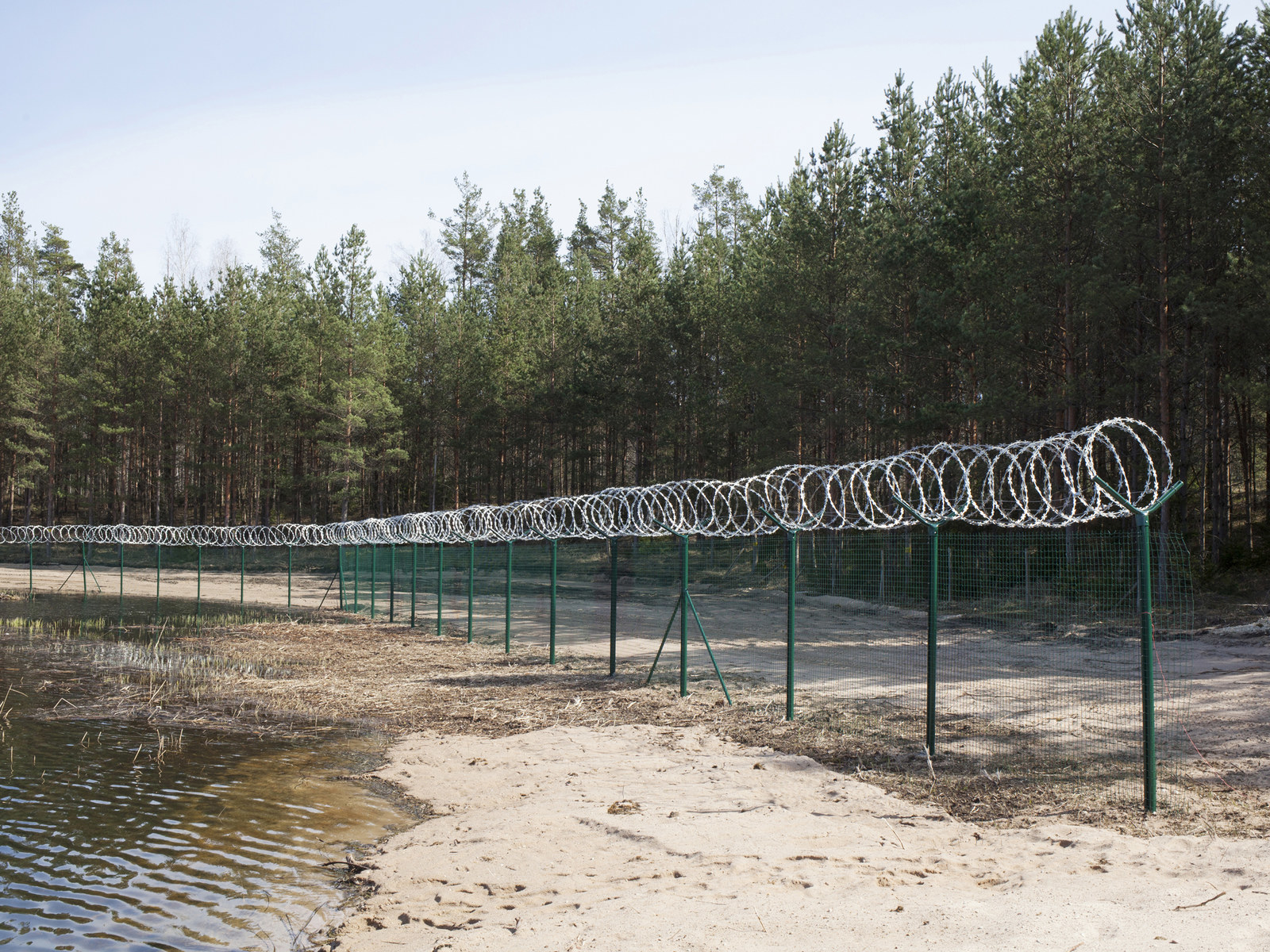
BELARUS
"In Belarus, I traveled along the north-south border, from Orsa to the 3 Sisters point, the point of union between Belarus, Ukraine, and Russia. This is the only place where Belarus controls the border with Russia. Therefore, throughout this area, there are no checkpoints and the border (often not demarcated) can be crossed by Belarusian citizens.
However, in Russian territory there are some checkpoints along the main roads leading to Moscow. The Russians are considered to be older brothers, who protect them and with whom they have important business relations. Belarus is a real satellite of Russia, governed since 1994 by Aleksandr Lukasenko."
—Michele Borzoni
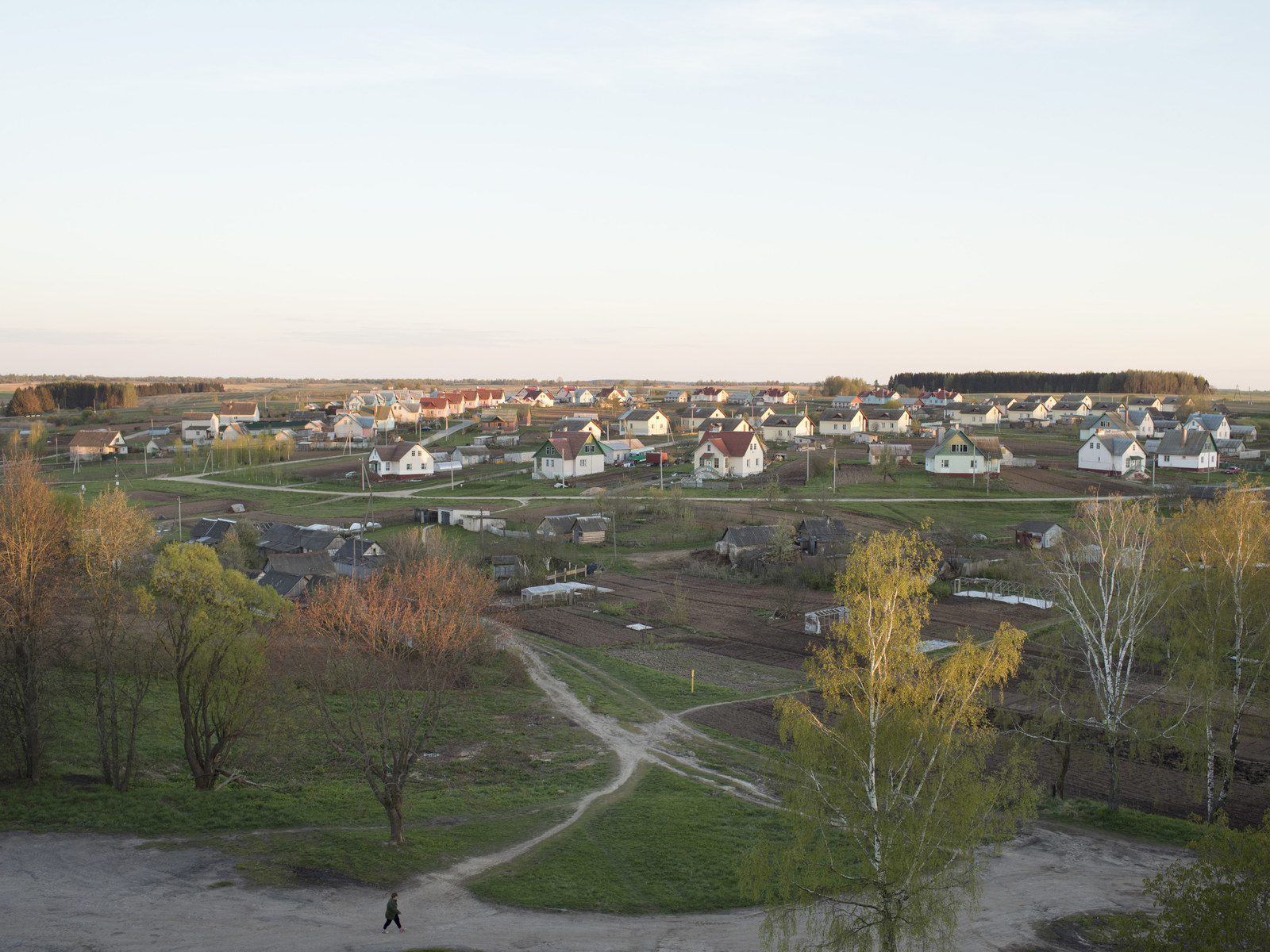
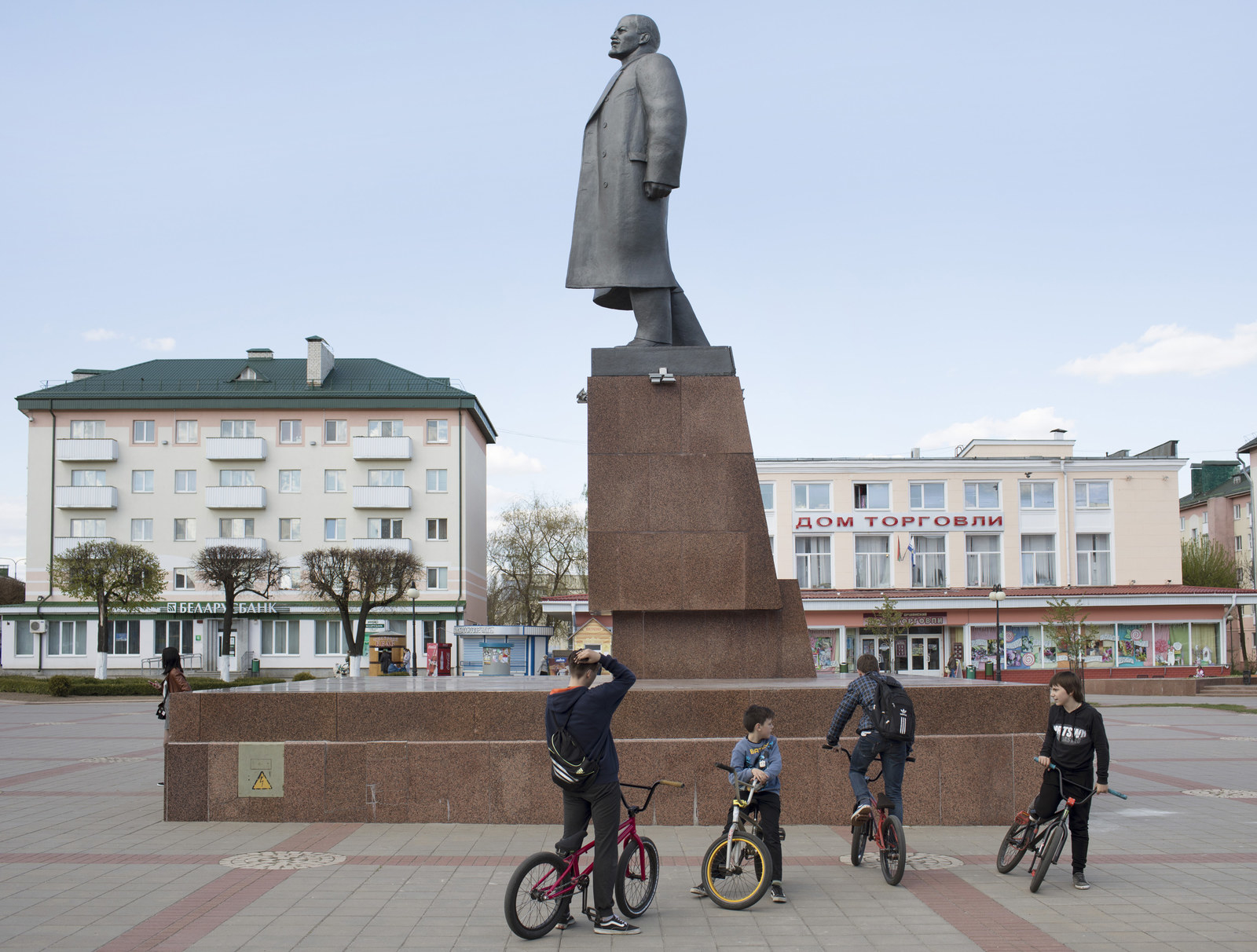



UKRAINE
"In Ukraine, I traveled along the south-north border between Kharkiv and Bachivs'k. Since 2014, when conflicts with the Russian-backed separatists broke out, tensions have run high with Russia. The conflict is concentrated in the southeastern part of the country, in the regions of Donetsk and Luhansk, which we did not visit. The nearest region is therefore Kharkiv, where there is no armed conflict, but the government has begun to build a defensive barrier. So far, only 17 kilometers have been built, but the plan is to build another 330. But even in cities far from the border, a real fear of a possible Russian invasion exists, threatening populations that survive along the border by maintaining close relationships with Russia. There are divided villages and relatives living on the other side. For them the closure of the border is only political propaganda, as they have always maintained good relations with the big Russian brother.
Since the conflict broke out, with the exception of Russian-controlled areas, all the symbols tied to Ukraine's Soviet past have been destroyed. It is very difficult to find statues and monuments from that era, however, some weren't destroyed and been abandoned in a park near the Spadschansky forest."
—Michele Borzoni
